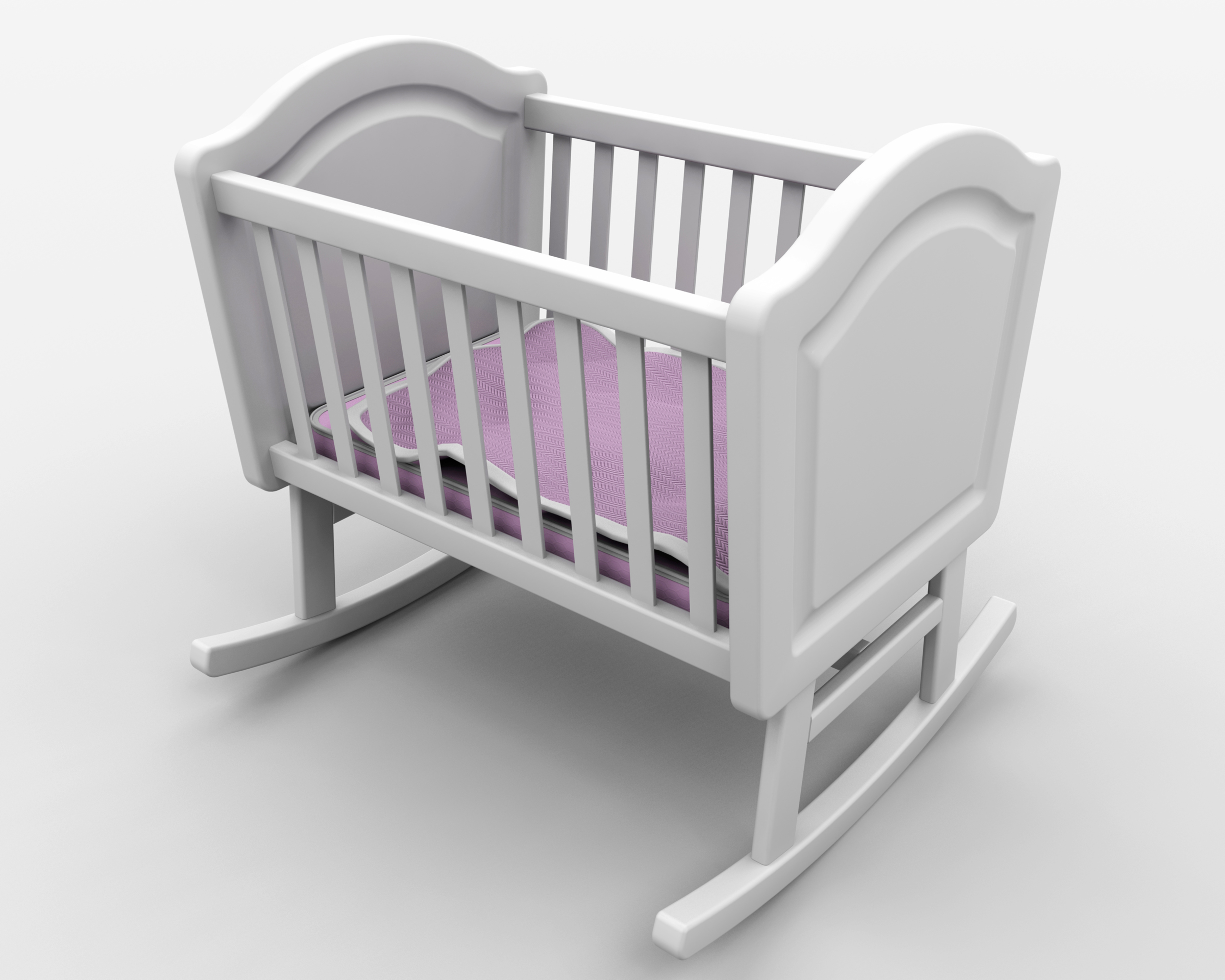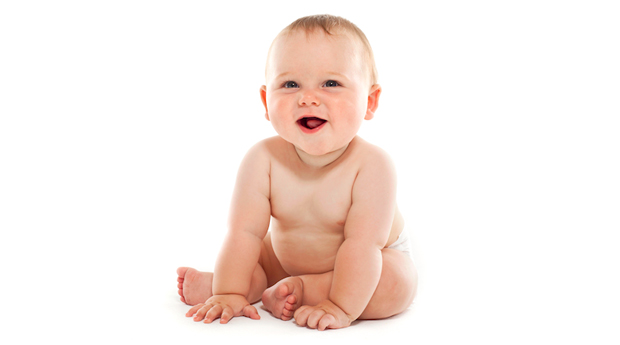Researchers at the Stanford Institute for Stem Cell Biology and Regenerative Medicine have discovered genetic markers that may ultimately allow women to track and predict declining fertility.
Month: March 2012
What Is Open Adoption?
Dawn Smith-Pliner Talks to Carolyn Berger
Carolyn: Can you give me a definition of “open adoption”? It seems to mean different things to different people.
Dawn: Open adoption is an adoption …
1 in 5 Pharmacies Hinders Teen Access to Morning After Pill
Nearly one in five U.S. pharmacies gave out misinformation to researchers posing as 17-year-old girls seeking emergency contraception, often saying that it was “impossible” for girls to get the pill, a new study finds.
Young Cancer Survivors Rarely Take Steps to Prevent Infertility
There are nearly half a million cancer survivors of reproductive age in the U.S., and new research finds that very few of them are taking steps to make sure they will retain the option of having children before starting treatment.
How common is miscarriage?
A high percentage of fertile women who have unprotected sex will experience loss of a pregnancy at some point. According to the American Society for Reproductive Medicine, 25% of recognized pregnancies end in miscarriage.
The total number of miscarriages (including cases where the woman is unaware of the pregnancy) is estimated at about 50%. Pregnancy losses occurring within the first 8 weeks are most common. Few women experience miscarriage after the 12th week.
What You Should Know about Recurrent Miscarriage
A single miscarriage is not usually a cause for concern from a medical standpoint. However, consecutive miscarriages are rare, occurring in less than 5% of women. If you experience two or more miscarriages of in a row, you may wish to seek assistance from a reproductive specialist.
In some situations, there is an identifiable, medically treatable factor contributing to the loss of pregnancies. Many pregnancies simply end because of random chromosomal abnormalities in the egg or the developing embryo.
Recurrent miscarriage or early pregnancy loss can be physically taxing and emotionally devastating. Not knowing why this problem is happening can be especially distressing. Patients may experience feelings of self blame, failure, or desperation. It is important for patients to seek emotional support during this time. Professional mental health support may also be beneficial for patients coping with recurrent loss.
Pregnancy after Miscarriage
Fortunately, most women trying to conceive do go on to carry a healthy pregnancy to term after a miscarriage. This includes 60-70% of women who have experienced recurring pregnancy loss with no identifiable cause. Following a healthy lifestyle including good nutrition, diet, weight control, prenatal supplementation, exercise, rest, and general self care is the best course of action for women who wish to increase their chances of a normal pregnancy in the future.
Egg Donation Risks
Egg donation plays a key role in fertility treatment for patients who are not suitable candidates for IVF using their own eggs. There are many factors for egg donors to consider from both a physical and emotional standpoint before participating. Here are some facts that can help donors make an informed decision.
Is Donating Risky?
The overall risk of egg donation is low since the fertility techniques used are well established. Also, donors are usually young, healthy women with no history of serious medical problems. Donors are carefully screened for any conditions that could interfere with the procedure. However, there is still some risk of adverse reactions to the hormones used in this process.
In a typical ovulation cycle, several egg follicles begin to develop. One egg becomes dominant and matures so that it is ready for fertilization. The other follicles die off. An egg donor receives a series of hormone injections to stimulate multiple egg follicles to mature at one time. This means only the eggs that would normally be lost during a menstrual period are used in a follicle stimulation cycle for egg donation. This does not reduce the number of eggs available for future menstrual cycles.
The hormone injections used for follicle stimulation can have a wide range of side effects including:
- Bloating
- Mood Swings
- Nausea
- Headaches
- Hot flashes
A side effect that occurs more often in egg donors is called Ovarian Hyperstimulation Syndrome (OHSS). This causes swelling as fluid leaks out of the ovaries and collects in the abdomen. The condition can cause pain and bloating. In rare cases, individuals may need to be hospitalized for treatment.
Additional Egg Donation Risks to Consider
- If the donor’s body is non-responsive or responds abnormally to hormone injections the treatment could be discontinued.
- The actual egg retrieval process is a minor surgical procedure. It carries a slight risk of complications such as infection and bleeding.
- If the donor is sexually active, she may become pregnant during her treatment cycle if effective contraception is not used.
- Some donors have feelings of regret over not knowing a child who is genetically related to them. Mental health screening is done for all donors to minimize this risk.
What is IVF?
Technically, “in vitro fertilization” only refers to the process of fertilizing an egg outside the body. However, the term IVF is generally used to describe the entire treatment cycle. This involves three phases:
Phase 1 – Egg RecruitmentThe patient receives a series of hormone injections over a period of several weeks. These hormones stimulate a number of her existing eggs to develop and become ready for fertilization. The eggs are then retrieved through the vaginal wall using a needle in a quick, outpatient procedure.
Phase 2 – Egg Fertilization
Fresh or frozen sperm can be used to fertilize several of the patient’s eggs in an IVF dish. The eggs are observed to ensure that fertilization is successful. Then, the embryos are allowed to grow for 3-5 days. At this point, they are ready for transfer back into the patient’s body. Excess embryos can be frozen for later use.
Phase 3 – Embryo Transfer
A fertilized embryo is delivered into the patient’s uterus via a narrow, flexible catheter. Rather than simply being released into the womb, the embryo is precisely placed on the wall of the uterus to increase its chances of survival. Within two weeks, a pregnancy test can be used to confirm successful implantation. Progesterone hormone treatment is continued through the first trimester. This keeps the lining of the uterine wall thick enough to nurture the implanted embryo properly.
Some patients achieve a pregnancy after just one round of in vitro fertilization while others require multiple treatment cycles. Additional options may be explored for patients who do not respond to IVF.
A Gamete Matchmaker
During fertilization, some pairings of mussel sperm and eggs work better than others—but how do the best couples find one another in the open ocean? New research, published online Tuesday (March 20) in Proceedings of the Royal Society B: Biological Sciences, raises that possibility that chemicals released by eggs may help sperm find not just any eggs, but the ones that will have the most successful fertilizations.
Sunscreen Compound Linked to Endometriosis
Although sunscreens shield the skin from harmful ultraviolet light, they may have a dark side: Exposure to a compound commonly found in the lotions was associated with endometriosis in a small study in people.
Washington State Health Officials Appeal Contraception Ruling
Washington state health officials asked an appeals court on Wednesday to reinstate a rule requiring that pharmacists dispense emergency contraceptives even when doing so violates their religious beliefs


